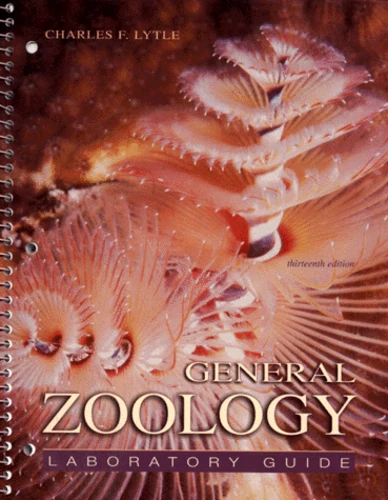- Accueil /
- Charles-F Lytle
Charles-F Lytle

Dernière sortie
General Zoology. Laboratory Guide, 13th Edition
The Christmas tree worm (Spirobranchus giganteus) is a segmented worm (Phylum Annelida, Class Polychaeta) that lives in a calcareous tube embedded in a living stony coral. The two "trees" are spiraled radioles that form the branchial crown used for feeding and gas exchange.
One worm has 2 trees. When disturbed, the worm retracts into its tube, and the opening is covered by the operculum (the flattened lobed structure seen between the trees in the lower portion of the photo). The opening is further protected by a single sharp spike at the edge of the tube. The color of the "Christmas trees" is highly variable, often white with tinges of pink, purple, maroon, or orange. If a diver waits patiently, the Christmas tree worm will re-emerge and spread its radioles. Divers, fish, and even shadows and changes in pressure or currents may disturb the worm, which responds by retracting suddenly into its tube.
The Christmas tree worm (Spirobranchus giganteus) is a segmented worm (Phylum Annelida, Class Polychaeta) that lives in a calcareous tube embedded in a living stony coral. The two "trees" are spiraled radioles that form the branchial crown used for feeding and gas exchange.
One worm has 2 trees. When disturbed, the worm retracts into its tube, and the opening is covered by the operculum (the flattened lobed structure seen between the trees in the lower portion of the photo). The opening is further protected by a single sharp spike at the edge of the tube. The color of the "Christmas trees" is highly variable, often white with tinges of pink, purple, maroon, or orange. If a diver waits patiently, the Christmas tree worm will re-emerge and spread its radioles. Divers, fish, and even shadows and changes in pressure or currents may disturb the worm, which responds by retracting suddenly into its tube.
